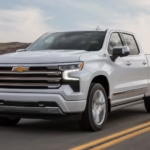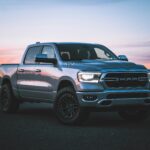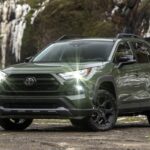The dream of self-driving cars is closer to reality than ever. Tesla, one of the most aggressive players in this space, plans to begin testing fully autonomous taxi services in Austin by mid-2025. Unlike other automakers that rely on LiDAR (light detection and ranging), Tesla’s approach is based solely on cameras and a neural network. The goal? Teach cars to “see” the world like humans.
However, the road to autonomy isn’t just technical—it’s legal and ethical. Regulatory bodies like the U.S. National Highway Traffic Safety Administration are closely monitoring Tesla’s progress. They’re concerned about safety, especially after some crashes linked to Tesla’s current semi-autonomous systems. But if Tesla—and others—can prove their systems are safer than human drivers, we could soon see a shift to robotaxi services and subscription-based models, where owning a car becomes optional.
Key Takeaways:
- Full autonomy could be available in select areas by 2025–2026.
- Tesla is going all-in on vision-based autonomy.
- Regulatory approvals are the final hurdle.





